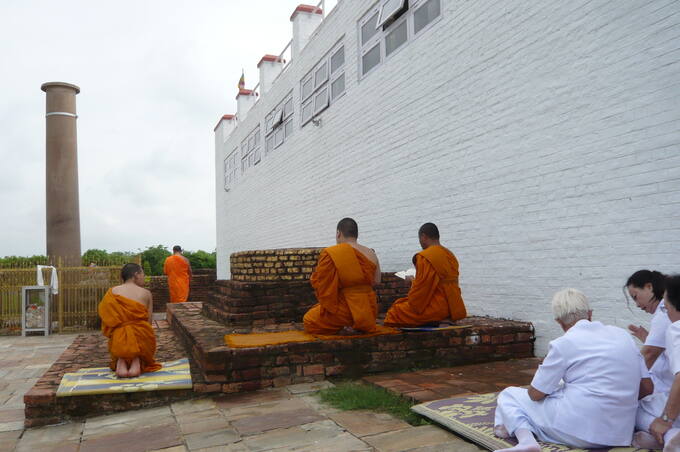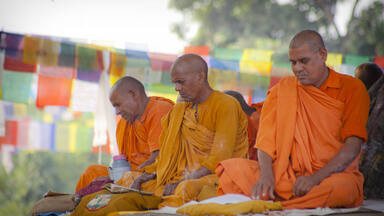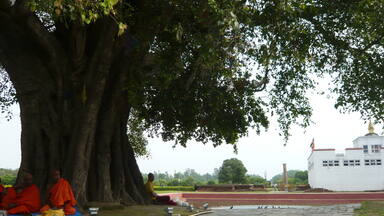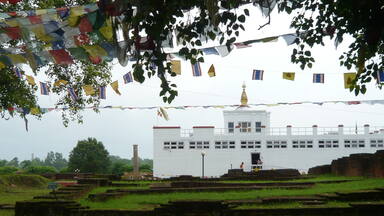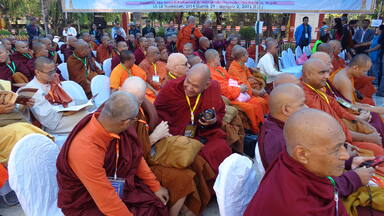The project “Strengthening Conservation and Management of Lumbini, the Birthplace of the Lord Buddha, World Heritage Property”, funded with the generous support of the government of Japan through the UNESCO/Japanese Funds-in-Trust, will last from May 2010 to July 2013. As the birthplace of the founder of one of the world’s great religions, Lumbini is of global religious, historical and cultural importance. In recent years, Lumbini has experienced considerable development pressures that make the proper management of the site an urgent issue. Effective preservation and development of Lumbini is imperative both to its sustainable utilization and the maintenance of its cultural values, notably the sacred atmosphere that should be experienced at the site.
Objectives & Activities
- Resolution of conservation problems affecting the Asoka Pillar, the Marker Stone, and the Nativity Sculpture and implementation of a monitoring system for the Maya Devi Temple;
- Improvement of knowledge of the archaeological vestiges contained within the boundaries of the World Heritage property, particularly in the buffer zone, in order to proceed with the planning of the Sacred Garden;
- Review of the present state of the Sacred Garden vis-à-vis the Kenzo Tange Master Plan, particularly the current abstract grid pattern and the drainage and water levels of bodies of water around the Sacred Garden, and preparation of an Interim Plan based on the project activities, including a moratorium on certain activities for the entire Sacred Garden area as defined in the Master Plan;
- Finalization, adoption and implementation of the Integrated Management Plan (IMP) in order to preserve the Outstanding Universal Value of Lumbini in the long term;
- Capacity building for Nepalese experts, especially the conservation and archaeological staff of the Lumbini Development Trust and the Department of Archaeology;
- Establishment of scientific documentation for the above activities.
Concept of Culture for Development
This project contributes to the protection, enhancement and sustainable development of a World Heritage Property which is a major pole of international pilgrimage tourism in Nepal, and therefore a major source of national income. The project contributes to achieving Strategic Programme Objective 11 of UNESCO’s Medium-Term Strategy 2008-2013 – “Sustainably Protecting and Enhancing Cultural Heritage”, and to Strategic Programme Objective 14 – “Support through UNESCO’s Domains to Countries in Post-conflict and Post-disaster Situations”. Nepal is also a Least Developed Country (LDC), one of the Organization’s priorities as identified in its Medium-Term Strategy 2008-2013.
Lead organization/sector: World Heritage Centre and UNESCO Kathmandu
Donor country: Government of Japan
Total project cost: USD 791,786 (including 13% support costs)
Associated Organization(s): Department of Archaeology of Nepal; Lumbini Development Trust
